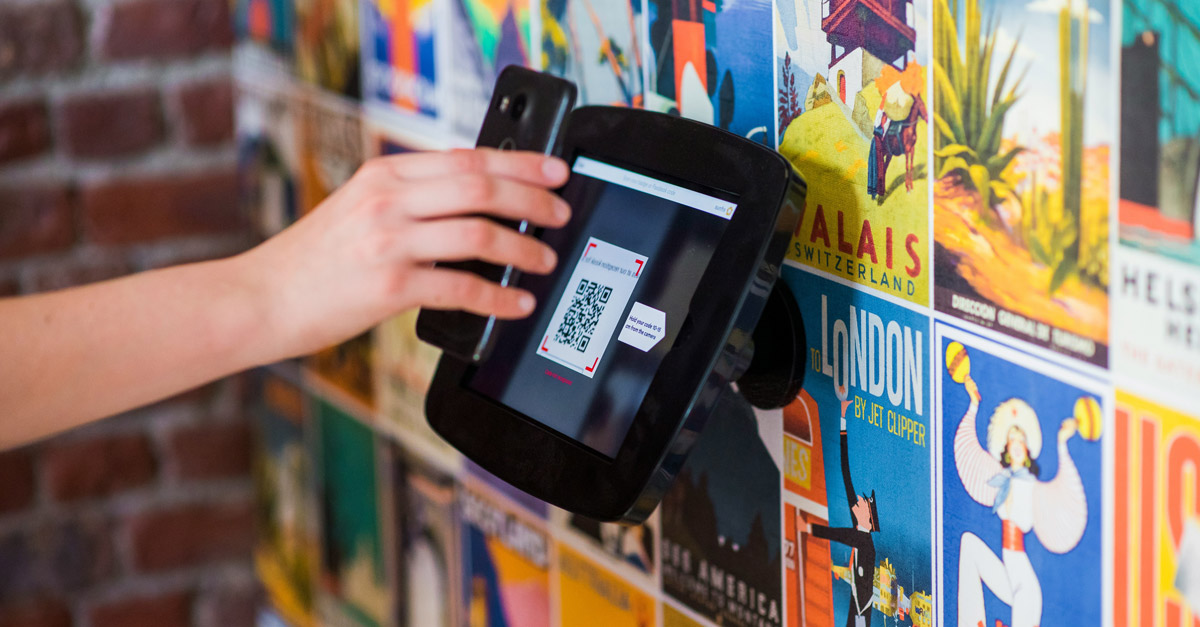IoT, or Internet of Things, is simply devices (things) equipped with technology and software that allows them to connect to the Internet and exchange data with other devices and systems. Over the last 20 years, both the devices and the definition itself have strongly evolved. The first version of this concept (MIT 1999) referred only to devices connected via the RFID protocol; large-scale direct wireless communication was either unavailable or in the very early stages of its development (2G).
Nowadays, we usually divide IoT into 3 categories: Big Things, Small Things and Non IP Things.
Big Things – this category includes telecommunications devices, industrial Internet of Things (IIoT) devices, or even autonomous smart cars. By design, these devices are always connected to the network, without power problems, and the model of the data exchanged by these devices is quite complex.
Small Things – these are usually small wireless devices, sensors, meters, readers. Their main features are small memory, low throughput, low power supply (battery) and a very simple data model.
Non IP Things – this category is reserved for all devices that require a separate device called a gateway to communicate with the network. The most well-known systems that fit into this category are Zigbee, LoRa and ZigFox. The main feature is the need to use a gateway for such systems; with a large number of devices the data model becomes very complex.
This is just one possible classification system for Internet of Things devices – we can also divide them by connectivity type, the industry in which they are deployed, durability, or communication protocols. There are currently more than 46 billion (!) Internet of Things devices installed worldwide. Whatever their differences, they have one thing in common – they use the Internet.
The Internet of Things emerged in parallel with the web itself, but at the very beginning it was not perceived in the context of independent communication of devices. The global network is the living environment for all these devices which, without effective communication, become… mere things.
Internet of Things devices surround us all – most of us are not fully aware of how many such items are there in our environment – it is an entire parallel world that is not visible at first glance. Most people know that IoT devices include smart fridges or ovens displaying the weather and recipes on their screens. In social media we can read about telemedicine, IoT support in agriculture or autonomous cars. This is all true, each of these elements is a part of the Internet of Things – but let us come back down to earth.
Telemedicine, despite the pandemic, is still not very common. Of course, we have the option to consult a doctor via phone/Internet, but he cannot examine us remotely using appropriate devices/sensors and remote data transmission – at least this is not prevalent.
Autonomous cars – just like in the case of cars electrification, this is an inevitable direction in automotive development. However, these cars are yet not common on all roads – operating from data collected from sensors on the road and communicating over a network such as 5G.
Argiculture support – sensors in the soil, devices that communicate with the IoT infrastructure, or detailed weather forecasts that help farmers decide how to proceed and maximise yields are still a relatively new concepts.
The above themes attract attention – they sound a bit si-fi, but they can become reality in the present. The Internet of Things surrounds each of us on a daily basis. It is the navigation on your phone and real-time traffic information; water meters and other meters that can be read remotely. Traffic light systems at crossroads that analyse traffic volumes and adapt to the traffic situation. Smart home accessories such as air purifiers, cleaning robots, cameras, smart light bulbs or home assistants (Alexa, Google Home).
There are plenty of examples of Internet of Things devices in our immediate environment – next time you are outdoors look around you – I wonder how many new “things” you will notice.






